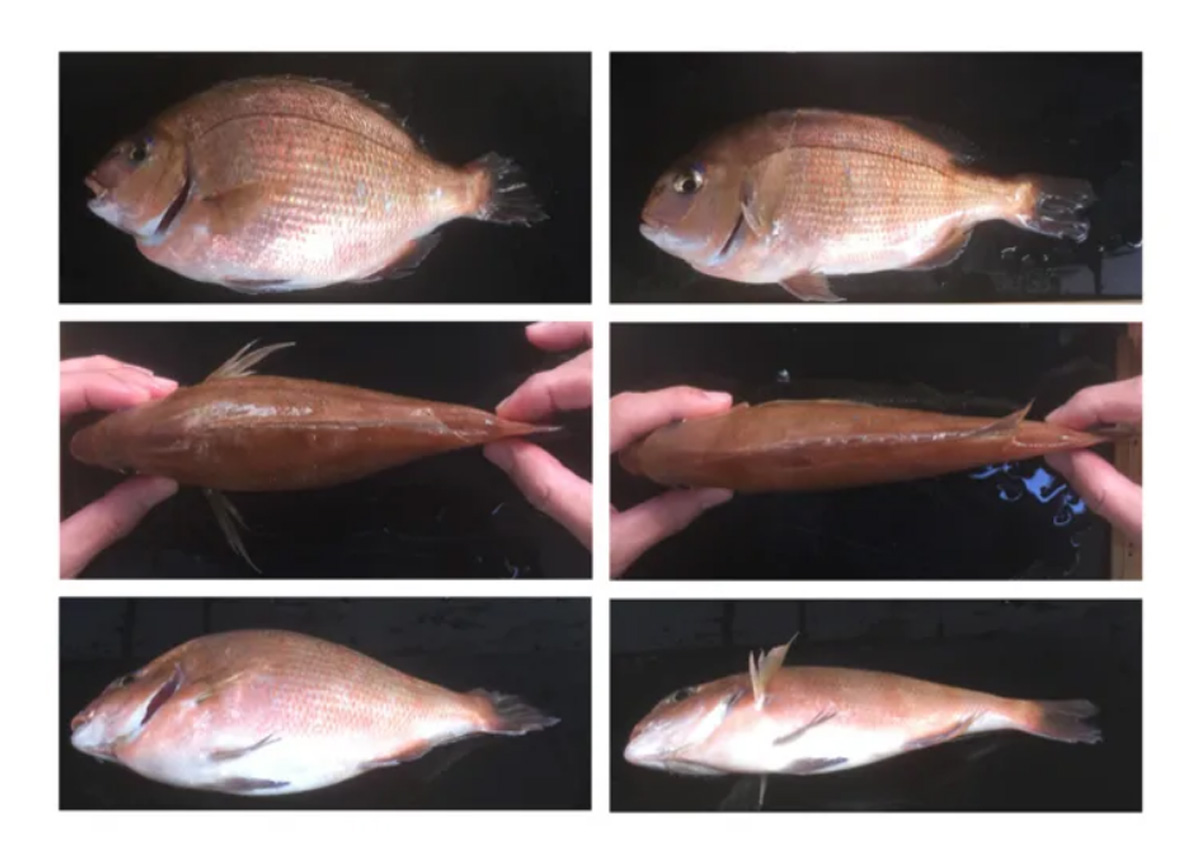Introducing Genome-edited Foods to the Public – Lessons from Japan
| |
As of early 2022, Japan has recorded three genome-edited foods fit for food use. These are the “Madai” red sea bream, the “22-seiki fugu” tiger puffer fish, and the Sicilian Rouge High GABA tomato. For a country that has shown low public acceptance of genetically modified organisms, it is intriguing how Japan has given way for the social implementation of genome editing, especially in food. A paper written by Makiko Matsuo of the University of Tokyo and Masashi Tachikawa of Nagoya University explored the possible factors that led the country to become a pioneer in the implementation of this new technology, along with the lessons on governance and insights on the considerations of using genome editing technology.

Updating Japan’s regulatory approaches and commercialization processes
The Japanese government issued clarifications on their biotechnology policy in 2018 that paved the way for genome editing technology in the country. These included the Integrated Innovation Strategy that required clarification of the regulations for genome-edited products, and the Bio Strategy 2019 which was the first update to the strategy in 11 years. The clarifications called for the impact of genome edited products on biodiversity and food safety.
In 2019, the Ministry of Environment and the Ministry of Health, Labour, and Welfare (MHLW) issued notices about the regulatory approaches to biodiversity and food safety handling issues, respectively. The notices completed Japan’s legal framework and helped set up a consultation process between technology developers and regulators.
Which biotech products need to be regulated in Japan?
In terms of regulating to determine the impact on biodiversity, Japanese regulators classify modern biotech products following the definition of living modified organisms stated in the Cartagena Act. This means that site-directed nucleases 1 (SDN-1) organisms that are developed by introducing a break in the genome target site to cause the loss of gene function through which can happen during the natural repair process do not need to be regulated. However, SDN-2 and SDN-3 organisms are subject to regulation because their development involves the addition of templates and the insertion of a gene or genes at the target site.
As for food regulations, Japan enforces the Food Sanitation Act and the Food Safety Basic Act. regulations suggest that if the food derived through genome editing is as safe as the conventional counterpart wherein the same mutation can occur naturally or via natural breeding, then it does not need to be subjected to regulations. Regulations will apply to SDN-3 products because the product contains transgenes, but they will not apply to SDN-1 products. SDN-2 products will be evaluated on a case-by-case basis. If the product is found not to have to go through regulatory evaluation before distribution, a consultation between the developer and regulators from the MHLW will be conducted. Once completed, the MHLW will post the product’s summary of information on their website. Foods derived from genome editing are also exempted from the labeling regulation in Japan, but developers are encouraged to do so in order to share proper information to consumers.

Introducing genome-edited foods to Japanese consumers
Given the country’s experience with GMOs, it was anticipated that the introduction of genome-edited foods will meet strong resistance. However, there were no major, sustained, negative reactions from the public after the commercialization of the two genome-edited fishes nor with the high GABA tomato. There were three factors identified that may have contributed to the favorable introduction of these foods in the market:
- Improved R&D environments and regulatory approaches that fostered a balance between science and social demand. The country’s system of providing information and notification allowed regulators to review a genome-edited product and determine if it needs to be regulated, and obtain information about the product prior to its use, whether required or not. This promotes science-based evaluation while at the same time providing transparency for the public since the regulators share the product’s summary of information at the end of the process to address any societal concern.
- Changes in developer players, differences in societal introduction, and changes in business strategies. Genome-edited products were developed using the Direct to Consumer (D-to-C) business model instead of the traditional Business to Business (B-to-B) model. The B-to-B model has multinational companies develop GM technologies for crops and have them distributed to the farmers through wholesalers and retailers. In contrast, the D-to-C model has university start-ups develop genome-edited products and distribute them directly to consumers who want them. The strategy exhibits targeted sales, considers consumer attitudes, and includes a platform that informs the consumers how the product contributes to the industry. The developers also voluntarily label their products.
- Change in social values. Consumers were reluctant about GMOs because their view was GM crops benefit the producers, not the consumers. However, with the increased public awareness about the Sustainable Development Goals, consumers’ values are shifting as they realize what benefits the genome-edited products can bring to environmental conservation and global food security. The benefits are seen as for the consumers instead of the producers.

Lessons learned
Japan’s current regulatory system provides insights on how developers and regulators can successfully introduce genome-edited products to consumers. While it is still early for final assessments to be made, the insights gained from these early experiences can help guide interested parties:
- It is important for the government to strive to improve the research and development strategies to include social implementation such as building the capacity of universities to develop and implement their own business plans.
- Regulations should also be able to balance science-based evaluation and addressing public concerns and opinions.
- Accumulating useful information about the products should be considered as a future investment for social acceptance.
The full paper Implications and Lessons from the Introduction of Genome-edited Food Products in Japan was published by Frontiers in Genome Editing and can provide further information about Japan’s regulatory system. To get the latest updates on genome editing and genome editing regulations across the globe, subscribe to the Crop Biotech Update to receive the Genome Editing Supplement twice a month or visit the ISAAA Genome Editing Resource Page.
| Newer Post | Archive | Older Post |
Science Speaks is ISAAA Inc.'s official blog. Weekly blog articles, authored by ISAAA writers, partners, and invited contributors, aim to help share, disseminate, and promote scientific knowledge and its vital role in achieving global agricultural sustainability and development. Your support to Science Speaks will help us achieve this goal. You can help us by donating as little as $10.

